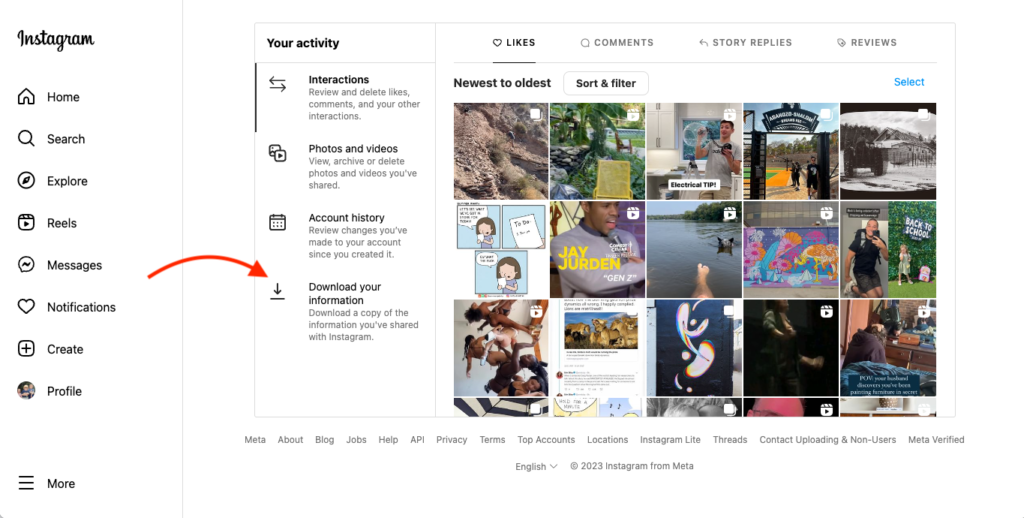Now Reading: Tired of Constant Scrolling? Here’s How to Reduce Screen Time Without Missing Out
-
01
Tired of Constant Scrolling? Here’s How to Reduce Screen Time Without Missing Out
Tired of Constant Scrolling? Here’s How to Reduce Screen Time Without Missing Out

In today’s digital age, reducing screen time can feel like an impossible task—especially when everything from work to entertainment happens on our phones. But constantly staring at screens affects both mental and physical health. The good news? You can cut down your screen time without feeling left out or disconnected. These simple strategies are practical, especially for people living in Tier 2 cities where digital dependency is rising fast.
Identify the Time Wasters
Start by checking your screen time stats on your phone. Apps like Instagram, YouTube, or games might be taking up hours daily. Once you’re aware, it becomes easier to set goals. You don’t need to quit them completely—just reduce how often you check them.
Use App Timers or Focus Modes
Almost all smartphones now have built-in screen time controls. Set daily limits on distracting apps and enable Focus Mode or “Do Not Disturb” during work, study, or family hours. These small adjustments help you take control without going offline entirely.
Replace, Don’t Remove
Instead of just cutting screen time, replace it with low-tech activities. Read a book, go for a walk, or try journaling. If you live in a Tier 2 city, join a local sports club or hobby class. Offline engagement makes it easier to stay away from screens without feeling bored.
Schedule No-Screen Hours
Designate fixed times of the day where screens are completely off—like during meals, before sleeping, or early mornings. This not only reduces screen time but also improves sleep and mental clarity. Try using an alarm clock instead of your phone to wake up.
Turn Off Unnecessary Notifications
Constant notifications trigger you to pick up your phone even when there’s no urgency. Disable alerts for social media, shopping, or gaming apps. Keep only the essential ones like calls or work emails.
Use the 20-20-20 Rule
To reduce eye strain during screen use, follow this method: every 20 minutes, look at something 20 feet away for 20 seconds. This is especially useful for students and freelancers who spend hours on devices for learning or work.
Stay Connected the Old-School Way
Instead of texting or DMing, make time for real conversations. Call a friend, visit family, or organize a weekend outing. Human interaction reduces the need for virtual validation, especially for youth in smaller towns craving social connection.
Conclusion:
Cutting back on screen time doesn’t mean disconnecting from life—it means reconnecting with it in healthier ways. By making small changes in your daily habits, you can reduce your screen usage without feeling like you’re missing out. Whether you’re in a big city or a smaller town, balancing digital life with the real world is the need of the hour.

























